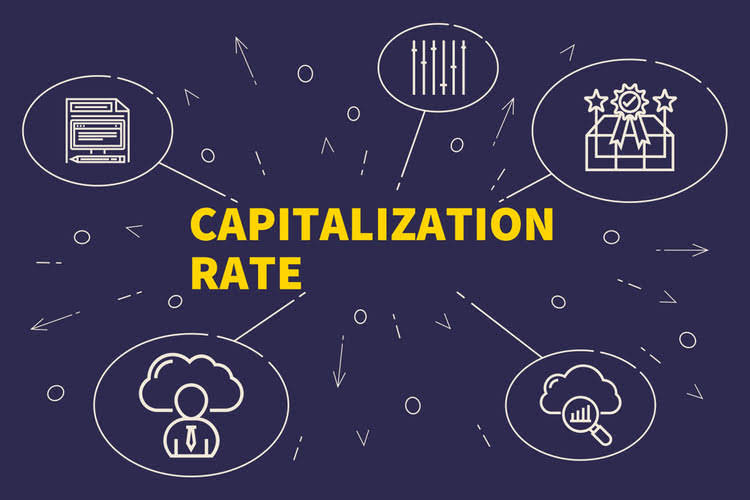Spend Management Software Solution Providers & Consulting Services

This can be done by integrating the software into their existing procurement systems. Spend analysis is a business intelligence tool that allows organizations to monitor spend and uncover areas for savings. Procurement optimization is a strategy that uses spend analysis to identify areas of excess spending. The data collected from procurement optimization can then be used to negotiate discounts with suppliers. Conducting a successful spend analysis involves a systematic process of data collection, cleansing, analysis, and translation of insights into strategic action. Let’s embark on this informative journey together and unlock the power of spend analysis in strategic sourcing.
Spend transparency’s crisis impact
- The primary goal is to gain visibility into spending to make more informed procurement decisions and improve financial efficiency.
- Stay connected with cutting-edge procurement and supply chain insights – anytime, anywhere.
- These insights can, in turn, inform your strategic sourcing decisions, creating a cycle of continuous improvement and value creation.
- But the general opinion to managing tail spend is now changing, thanks to advancements in the latest AI models, says Michael Seitz, vice president of consulting at GEP in a webcast.
- Additional information is added to enrich the data, followed by a thorough analysis to identify spending patterns, potential savings, and areas for process improvement.
- AI algorithms can cross-reference purchase orders, receipts, and invoices to flag mismatches, such as quantity or price discrepancies.
In this era of increasing competition and shrinking profit margins, outsourcing spend analysis could be the game-changer that your business needs. In this article, we delve into these aspects, giving you a comprehensive understanding of what to expect when you decide to Medical Billing Process take the outsourcing route for your spend analysis needs. Read on as we demystify the benefits, potential pitfalls, and key considerations of outsourcing spend analysis, and how a partner like EmpoweringCPO can make this journey seamless and rewarding.
- This approach transformed how the entire organization views procurement’s contribution.
- A spend category is the logical grouping of similar expenditure items or services that have been clearly defined on an organizational level.
- Advanced AI capabilities streamline the evaluation and qualification of new suppliers, shortening the RFx-to-award cycle and helping you secure best-value agreements.
- Purchase orders offer a ton of information regarding the purchases or sales of a business.
- GEP SMART’s advanced AI for procurement examines every line of every invoice, leveraging available clues to classify spend with exceptional accuracy.
Ensuring short- and long-term impact
These complexities have led to an emerging trend in the business world – outsourcing automated spend analysis spend analysis. Procurement has always been one of the oldest and yet critical business functions in an enterprise. It has witnessed numerous technological investments in terms of digital enhancement and transformation.
- Creating a budget happens initially, while spend analysis occurs when expenses are incurred, and the budget is used up.
- It allows organizations to identify areas where they could save money through procurement optimization.
- Before any budget figures are calculated, executives must ensure that the outsourcing initiative supports the company’s broader business goals.
- It offers actionable information with item-level visibility across the enterprise, helping you understand your spend — what, who, where, and whether you’re getting your money’s worth.
- GEP SMART is an AI-powered, cloud-native source-to-pay platform for direct and indirect procurement.
- The final step in the spend analysis process is to make sure that the cost of the product or service is appropriate for your goals and resources.
Collaboration with all stakeholders is critical
Benchmarking gives you the external reference points you need to answer these questions with confidence. You can use one preferred or multiple taxonomy standards, including industry-specific contra asset account UNSPSC, SIC codes, and enterprise-specific taxonomies as required. Most importantly, find a partner that understands procurement—not just finance.


Spend analysis provides better visibility and actionable intelligence. Gain a comprehensive understanding of spending patterns, leading to better financial planning and control. It gives you a comprehensive view of the metrics that drive improved cost savings, process efficiency, and supply-chain performance. Spend analysis provides a transparent, detailed view of an organization’s expenditure. This transparency enables companies to identify inefficiencies, such as maverick spending, and uncover opportunities for cost savings. For instance, by analyzing spending patterns, a company may realize they are purchasing the same product from multiple suppliers at different prices.

- With EmpoweringCPO, spend analysis is not just a process; it’s a powerful tool for transforming procurement performance.
- Spend analysis reveals the underlying information about expenses, trends, and performance against the benchmarks.
- The three dimensions of the spend cube are suppliers, corporate business units, and categories.
- The challenge, in many cases, is to bolster these organizational structures with robust processes and tools for tracking results.
- Payment term spend analysis provides excellent insights for companies to analyze payment practices and terms within their purchase-to-pay (P2P) processes.
This is especially important when you consider the large volume of transactions that need to be processed. Rather, it can help your department increase overall spend visibility by accessing several more data points. This guide covers how procurement data can be extracted, refined, and analyzed for actionable insights and value. This dashboard is useful for managing regional risks and identifying savings in logistics by switching to geographically closer suppliers.
Why MSPs Should Consider Offshore Development Teams for Custom Software Projects

Our approach ensures that we gather comprehensive and accurate procurement data. We use advanced tools and techniques to clean and classify this data, ensuring that it’s ready for in-depth analysis. Our team of experts then analyzes the data to identify patterns, trends, and opportunities. Finally, we translate these insights into actionable recommendations for strategic sourcing. Analysis techniques, such as Pareto analysis (80/20 rule), help identify key vendors that constitute the majority of the spend, focusing resources on managing the most impactful suppliers.